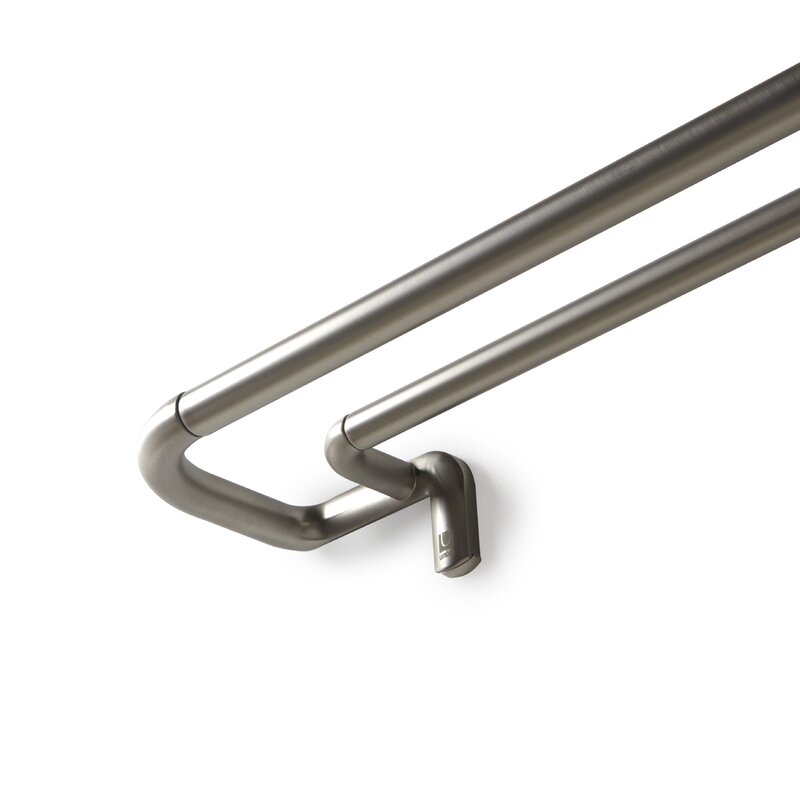


This sound wave took possession of me, and I thought, that I could not embody the state of the soul I had known under the influence of this music in a painting. In Moscow in 1881, while I was listening to a new piece by Rimsky-Korsakov, Vengeance (" Месть"). The music of Antar 's bloody second movement inspired Repin the most he said in his memoirs: Music of Rimsky-Korsakov Īnother inspiration for the painting was the symphonic suite Antar, which was composed by the Russian Nikolai Rimsky-Korsakov and is composed of four movements the opening movement, vengeance, power and love. We had to look for a way out at this key moment in history." For Repin, there was a link between the events of 1881 and the scene represented in Ivan the Terrible and His Son Ivan on 16 November 1581 from exactly 300 years earlier, in which the Tsar is the murderer. He also wrote several times in his memoirs about this period of his creations: "This year followed like a trace of blood, our feelings were bruised by the horrors of the contemporary world, it was frightening to confront it: it will end badly! . Several of Repin's next paintings Refusal of confession ( Отказ от исповеди 1881), Arrest of a propagandist ( Арест пропагандиста, 1882) and They Did Not Expect Him ( Не ждали 1884–1888) were devoted to the Pervomartovtsy. I even remember Zhelyabov's gray pants, Perovskaya's black hat". I even remember each board on the breasts, with the inscription "regicide". "Ah, as it was nightmare times," – sighed Repin – "complex, appalling. Repin's friend, poet Vasily Kamensky, wrote in his memoirs Repin had told him "how he had witnessed the public execution of the Pervomartovtsy" ( Zhelyabov, Perovskaya, Kibalchich, Mikhailov and Rysakov). He returned there in April and attended the execution of the attack's perpetrators and their accomplices. Repin, who visited Saint Petersburg in mid-February 1881 for the opening of the Wanderers' exhibition, was present when the tsar was killed. Hryniewiecki's accomplices, the Pervomartovtsy, were executed on 13 April 1881. The bomb also seriously injured Hryniewiecki, who died a few hours later. On 13 March 1881 in Saint Petersburg, the reformist Russian Tsar Alexander II was assassinated by a bomb thrown by Ignacy Hryniewiecki, a member of the revolutionary organization Narodnaya Volya. The idea of the painting, according to Repin, is linked to his confrontation with the themes of violence, revenge and blood during the political events of 1881 additional sources of inspiration were the music of Nikolai Rimsky-Korsakov and the bullfights Repin had witnessed during a trip to Western Europe in 1883. A first overall sketch, with the character of the Tsar turned to his right, dates from 1882. Repin began working on the painting in Moscow. It has been called one of Russia's most famous and controversial paintings, and is normally on display in the Tretyakov Gallery in Moscow.Įxecution of the Pervomartovtsy.


In 1885, upon completion of the oil-on-canvas work, Repin sold it to Pavel Tretyakov for display in his Tretyakov Gallery in Moscow. Repin used Grigoriy Myasoyedov, his friend and fellow artist, as the model for Ivan the Terrible, and writer Vsevolod Garshin for the Tsarevich. The painting portrays the anguish and remorse on the face of the elder Ivan and the gentleness of the dying Tsarevich, forgiving his father with his tears. It depicts the grief-stricken Russian tsar Ivan the Terrible cradling his dying son, the Tsarevich Ivan Ivanovich, shortly after the elder Ivan had dealt a fatal blow to his son's head in a fit of anger. Ivan the Terrible and His Son Ivan on 16 November 1581 is a painting by Russian realist artist Ilya Repin made between 18. Ivan the Terrible and His Son Ivan on 16 November 1581


 0 kommentar(er)
0 kommentar(er)
